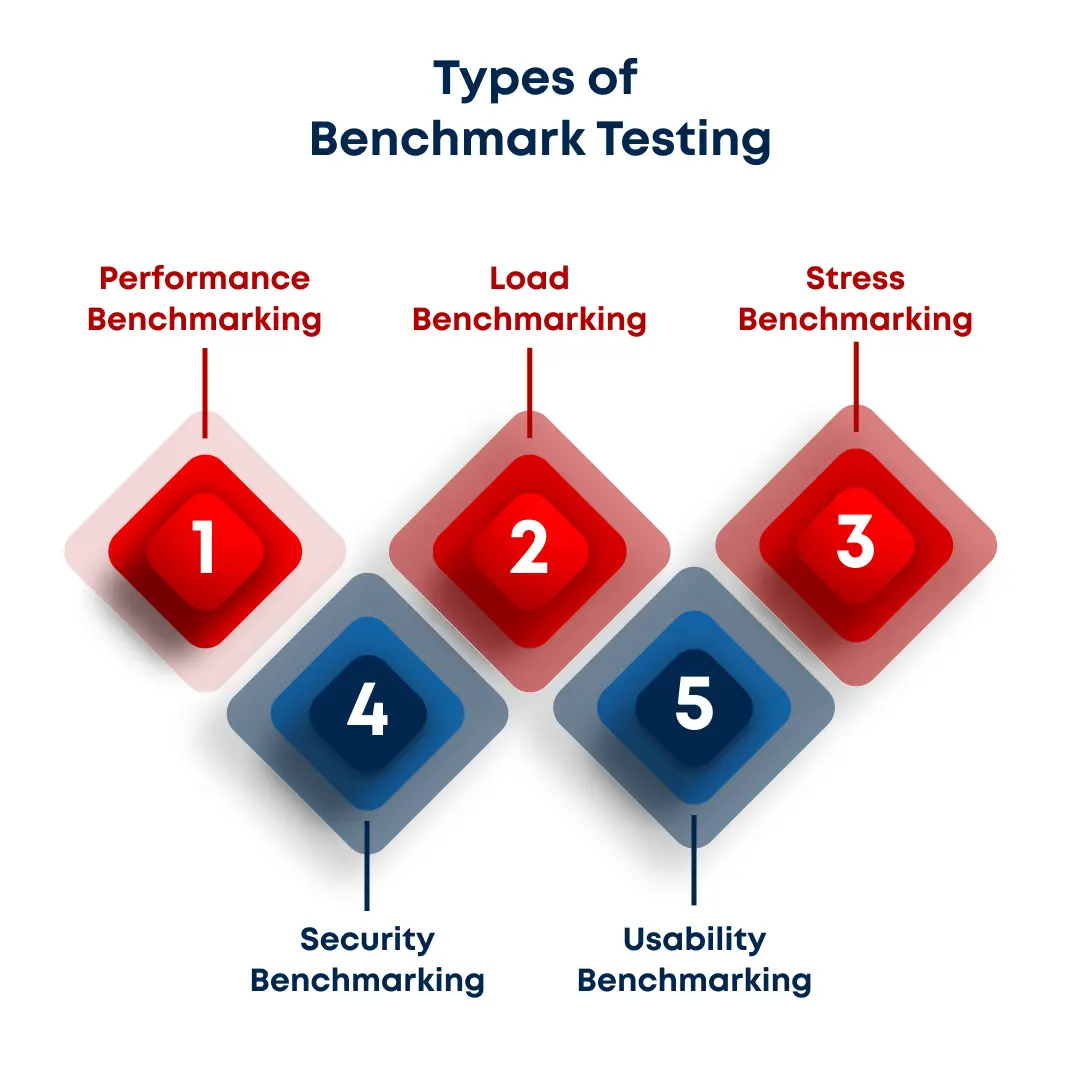In the ever-changing world of software development, ensuring that an application meets industry standards for performance, security, and reliability is crucial. This is where benchmark software testing plays a vital role. By establishing performance baselines and comparing them against industry standards, businesses can guarantee the efficiency and stability of their software solutions.
What is Benchmark Software Testing?
Benchmark software testing is a method used to evaluate the performance, efficiency, and scalability of software applications by measuring them against predefined standards. These standards can be based on industry best practices, competitor analysis, or internal benchmarks set by the development team. The goal is to identify areas of improvement, optimize performance, and ensure that the software can handle expected workloads.
Why is Benchmark Testing Important?
Performance Evaluation – Benchmark testing helps in measuring key performance indicators (KPIs) such as response time, load capacity, and processing speed.
Comparative Analysis – It allows businesses to compare their software performance against competitors or industry standards.
Scalability Assessment – Developers can determine whether an application can handle increased traffic and data loads.
Bottleneck Identification – Helps in pinpointing areas of weakness or inefficiencies that need optimization.
Customer Satisfaction – Ensuring software runs smoothly leads to a better user experience and increased customer retention.
Key Types of Benchmark Testing

Performance Benchmarking
- Evaluates speed, stability, and efficiency under different conditions.
- Commonly used for web applications, databases, and enterprise software.
Load Benchmarking
- Tests how the software performs under varying levels of user load.
- Helps in optimizing resource allocation and server capacity.
Stress Benchmarking
- Determines software stability under extreme conditions.
- Identifies breaking points and failure recovery mechanisms.
Security Benchmarking
- Assesses software security against known vulnerabilities and threats.
- Ensures compliance with industry security standards.
Usability Benchmarking
- Focuses on user experience, interface responsiveness, and overall ease of use.
- Helps improve accessibility and customer satisfaction.
How to Conduct Benchmark Software Testing
Define Testing Goals – Identify the key performance metrics and benchmarks you want to achieve.
Select Testing Tools – Use industry-standard testing tools such as Apache JMeter, LoadRunner, and Selenium for automated testing.
Establish Baseline Metrics – Collect initial performance data to compare with future test results.
Execute Test Scenarios – Simulate real-world scenarios to measure performance under different conditions.
Analyze and Optimize – Identify bottlenecks, optimize code, and retest to ensure improvements.
Continuous Monitoring – Regular benchmarking ensures ongoing performance optimization and stability.
Best Practices for Effective Benchmark Testing
Use Realistic Test Environments – Ensure that your test environment mimics production conditions as closely as possible.
Run Tests Under Different Loads – Simulate low, medium, and high-traffic scenarios to identify software limitations.
Automate Where Possible – Utilize automation tools to conduct repetitive tests efficiently.
Regularly Update Benchmarks – Keep your benchmarks aligned with evolving industry standards and technology advancements.
Document and Review Results – Maintain a comprehensive report of test findings for future reference and improvements.
Conclusion
Benchmark software testing is a crucial part of ensuring software quality, performance, and user satisfaction. By following best practices and leveraging the right tools, businesses can optimize their applications, enhance security, and stay ahead of the competition. At Autotroph Infotech, we emphasize robust benchmark testing strategies to deliver high-quality, scalable, and efficient software solutions that meet industry standards.

